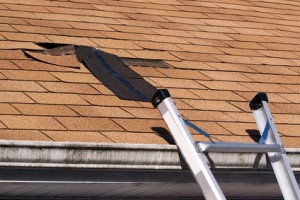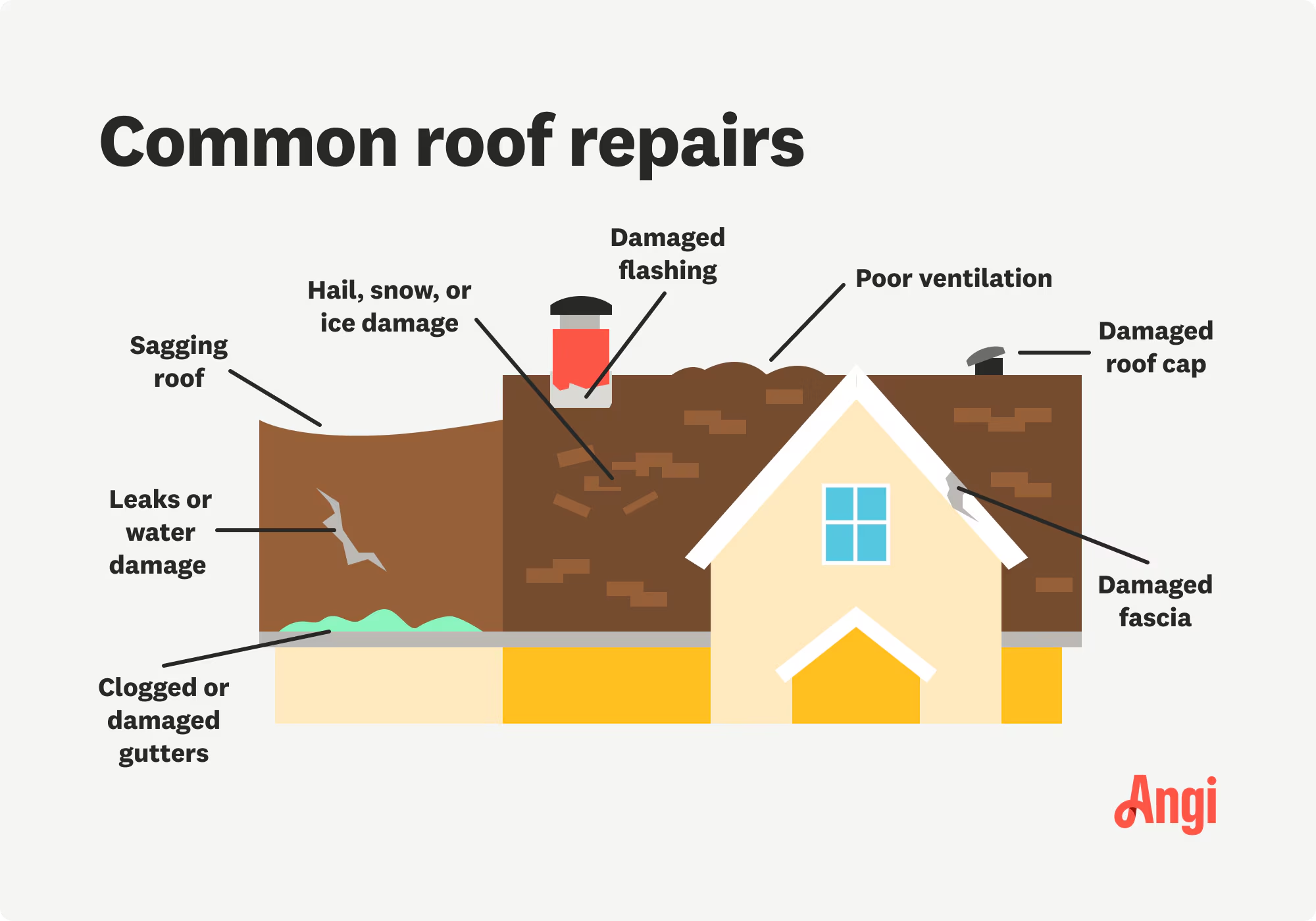Recognizing the Various Types of Roof Coverings: A Comprehensive Guide for Homeowners
With an array of alternatives-- varying from the standard gable to the contemporary level-- each type provides special benefits and difficulties that should line up with the property owner's details needs and ecological factors to consider. As we explore the details of numerous roofing system kinds, it becomes evident that one size does not fit all; the right selection may surprise you.
Gable Roofings
Gable roofings, characterized by their triangular shape, are among the most preferred roofing styles because of their simpleness and performance in shedding water and snow. This style features 2 sloping sides that fulfill at a ridge, enabling for reliable drainage and minimizing the threat of water accumulation. The high pitch frequently connected with saddleback roofs enhances their capacity to take care of heavy rainfall, making them suitable for different environments.
Along with their functional advantages, saddleback roofs supply aesthetic adaptability. They can be adjusted to numerous architectural designs, from conventional to modern-day homes. The layout can likewise suit added features such as dormer windows, which boost natural light and ventilation in the attic room space.
Additionally, gable roofings give enough room for insulation, adding to power efficiency. Homeowners can select from a selection of roof products, including asphalt shingles, steel, and ceramic tiles, better boosting personalization choices.
Regardless of their benefits, gable roofs may require extra support in areas susceptible to high winds or hefty snowfall. Generally, the gable roofing system remains a favored selection due to its mix of performance, longevity, and visual allure.
Apartment Roofs
Level roof coverings are frequently recognized for their minimalist layout and practical applications, especially in commercial and industrial settings (oahu roofing). These roof coverings include a horizontal or almost horizontal surface area, which enables simple building and versatile room application. While they might do not have the visual charm of angled roofs, flat roof coverings use countless benefits, especially in city environments where optimizing area is critical
Among the key benefits of flat roofs is their accessibility. House owners can use the roof room for different objectives, such as roof yards, terraces, or solar panel installations. In addition, level roof coverings are generally more cost-effective to preserve and mount contrasted to their sloped counterparts, as they need less products and labor.
Usual products used for flat roofs consist of built-up roofing (BUR), changed bitumen, and single-ply membranes, each offering distinctive benefits. In general, flat roofings serve as a adaptable and useful option for lots of home owners and organizations alike.
Hip Roof Coverings
Hip roofings are characterized by their sloped sides that assemble at the top, creating a ridge. This design is distinct from saddleback roofs, as all four sides of a hip roof slope downwards toward the walls, offering a more steady framework. The angle of the slopes can differ, permitting for versatility in architectural appearances and performance.
One of the main advantages of hip roof coverings is their capacity to stand up to heavy winds and adverse climate condition. The sloped surface areas allow why not look here better water drain, minimizing the threat of leakages and water damages. Furthermore, hip roofing systems offer raised attic room space, which can be utilized for storage space or also exchanged livable areas.
Nonetheless, constructing a hip roofing system can be extra pricey and complicated than simpler roof covering types, such as saddleback roofs. The additional product and labor associated with creating the slopes and ensuring appropriate architectural stability can lead to greater costs. Regardless of these disadvantages, many home owners prefer hip roofings for their longevity, aesthetic appeal, and potential for power efficiency.
Mansard Roofings
Mansard roofs, commonly recognized by their one-of-a-kind four-sided style, function two inclines on each side, with the reduced slope being steeper than the top. This building style, stemming from France in the 17th century, is not only aesthetically appealing but useful, as it optimizes the usable area in the upper floors of a building. The steep reduced incline permits more clearance, making it an ideal choice for attic rooms or lofts, which can be exchanged living rooms.
Mansard roofs are identified by their versatility, suiting numerous architectural styles, from traditional to modern-day. They can be constructed with different materials, consisting of asphalt tiles, slate, or steel, providing home owners with a range of choices to fit their preferences and budgets. Furthermore, the style permits for the combination of dormer windows, enhancing natural light and ventilation in the upper degrees.
However, it is important to consider the potential downsides. Mansard roof coverings might need more maintenance as a result of the intricacy of their style, and their steep inclines can be challenging for snow and rainfall overflow. Generally, mansard roofs integrate style with usefulness, making them a popular option amongst house owners looking for unique building functions.
Lost Roof Coverings
As property owners website here significantly seek simplicity and functionality in their architectural styles, shed roofing systems have arised as a prominent option. Identified by a single sloping plane, a shed roofing offers a minimalist visual that matches different home designs, from contemporary to rustic.
One of the main benefits of a shed roof is its straightforward construction, which usually translates to decrease labor and product prices. This style permits effective water drain, minimizing the threat of leakages and water damages. Furthermore, the upright incline provides sufficient room for skylights, boosting all-natural light within the inside.
Dropped roofing systems likewise supply versatility in regards to usage. They can be successfully integrated right into additions, garages, or exterior frameworks like sheds and pavilions. In addition, this roof design can suit different roofing materials, consisting of metal, asphalt tiles, and even environment-friendly roofings, aligning with green initiatives.
Nonetheless, it is necessary to consider regional climate problems, as heavy snow lots might require changes to the roofing's angle or structure. Overall, lost roofings offer a sensible and visually pleasing choice for house owners seeking to take full advantage of functionality without compromising design.
Final Thought


Gable roofings, identified by their triangular form, are amongst the most popular roof covering styles due to their simpleness and effectiveness in dropping water and snow. oahu roofing. The high pitch frequently associated with gable roofs enhances their capability to deal with hefty rainfall, making them ideal for different climates
While they may lack the visual allure of pitched roofings, level roof coverings use numerous benefits, especially in urban environments where taking full advantage of area is important.
